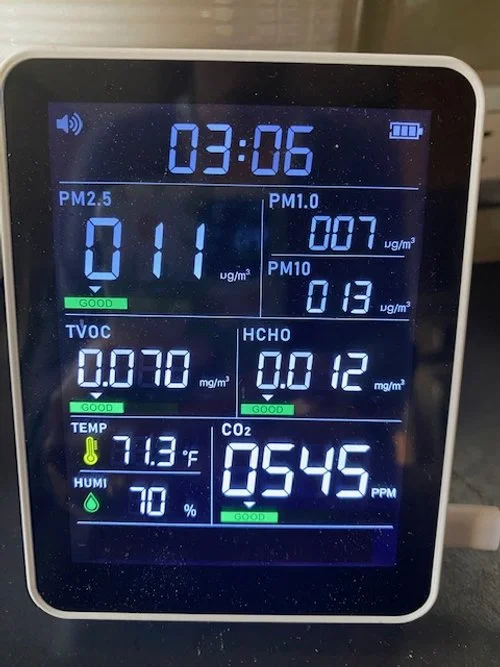In our industry, we are always looking for innovative ways to create the buildings we need while reducing environmental impacts. Throughout California, we need housing that is more affordable so families who work here can afford to live here. We also need to reduce our carbon footprint, protect our open spaces and conserve energy. So, when I learned about a low-carbon, energy-efficient prototype housing in Copenhagen Denmark, I was very interested. And when lead partner Velux invited me and some others to go live in one of the houses for a week over the summer, I jumped at the chance.
Called Living Places, the project was developed in 2023 as an exhibition at the UIA World Congress of Architects. Located in an older industrial area of the city, the project consists of seven structures – five open pavilions and two completed homes – connected by an elevated system of walkways, patios and gardens.
The core principles of the project include building homes that are healthy for people and planet, shared spaces to strengthen community, simple so the cost is lower, adaptive to accommodate more ways of living, and scalable for builders to adopt the approach quickly and broadly.
I was impressed with so many aspects of the project and plan to write up some blogs over the next few months. In the meantime, check out this 4-minute video highlighting some of the project features. More information is also available on the Velux website. Or reach out to me, andy@inbalancegreen.com so we can chat about innovation and how to implement great ideas here at home.
Disclaimer: Velux sponsored my travel and stay at Living Places; all opinions are my own.
















